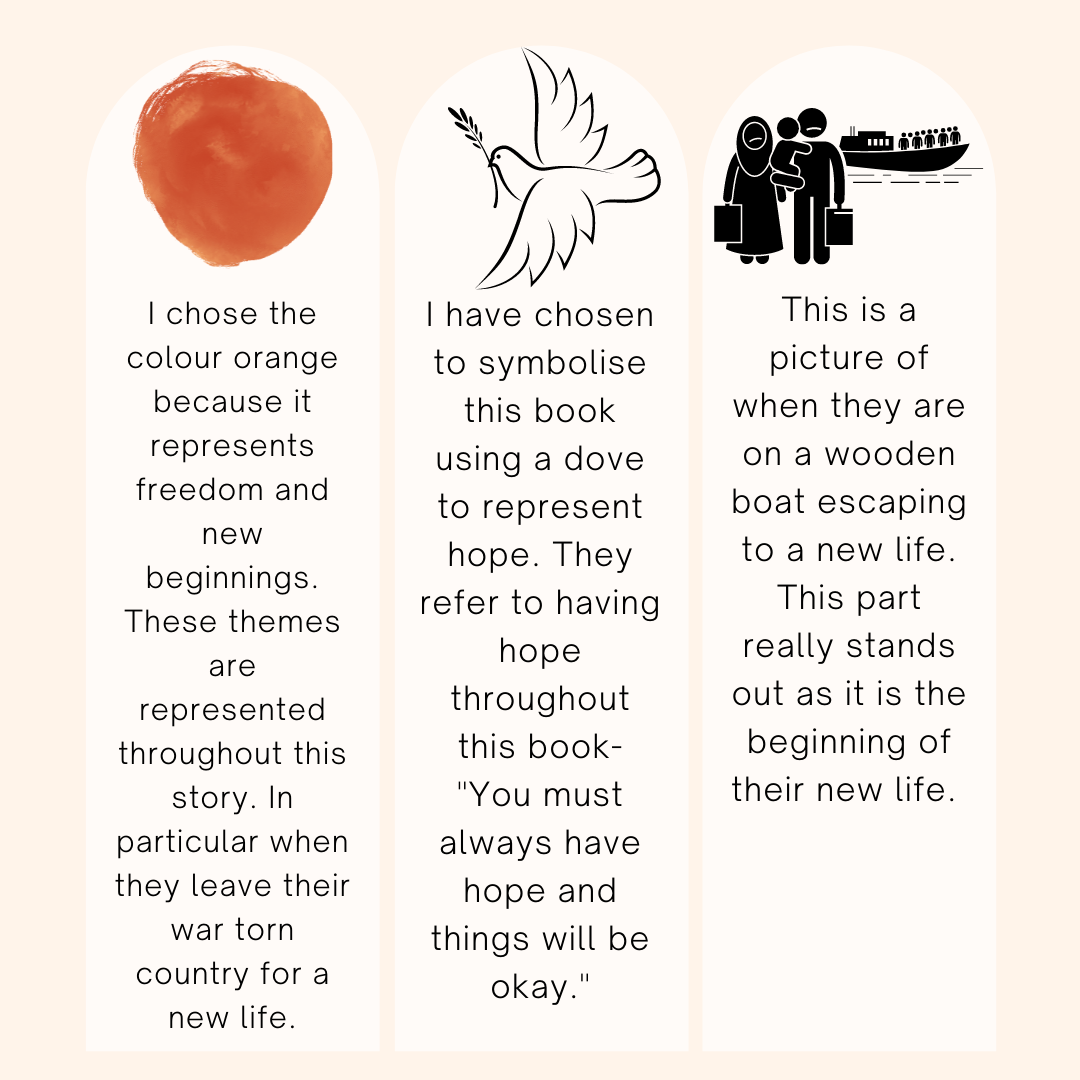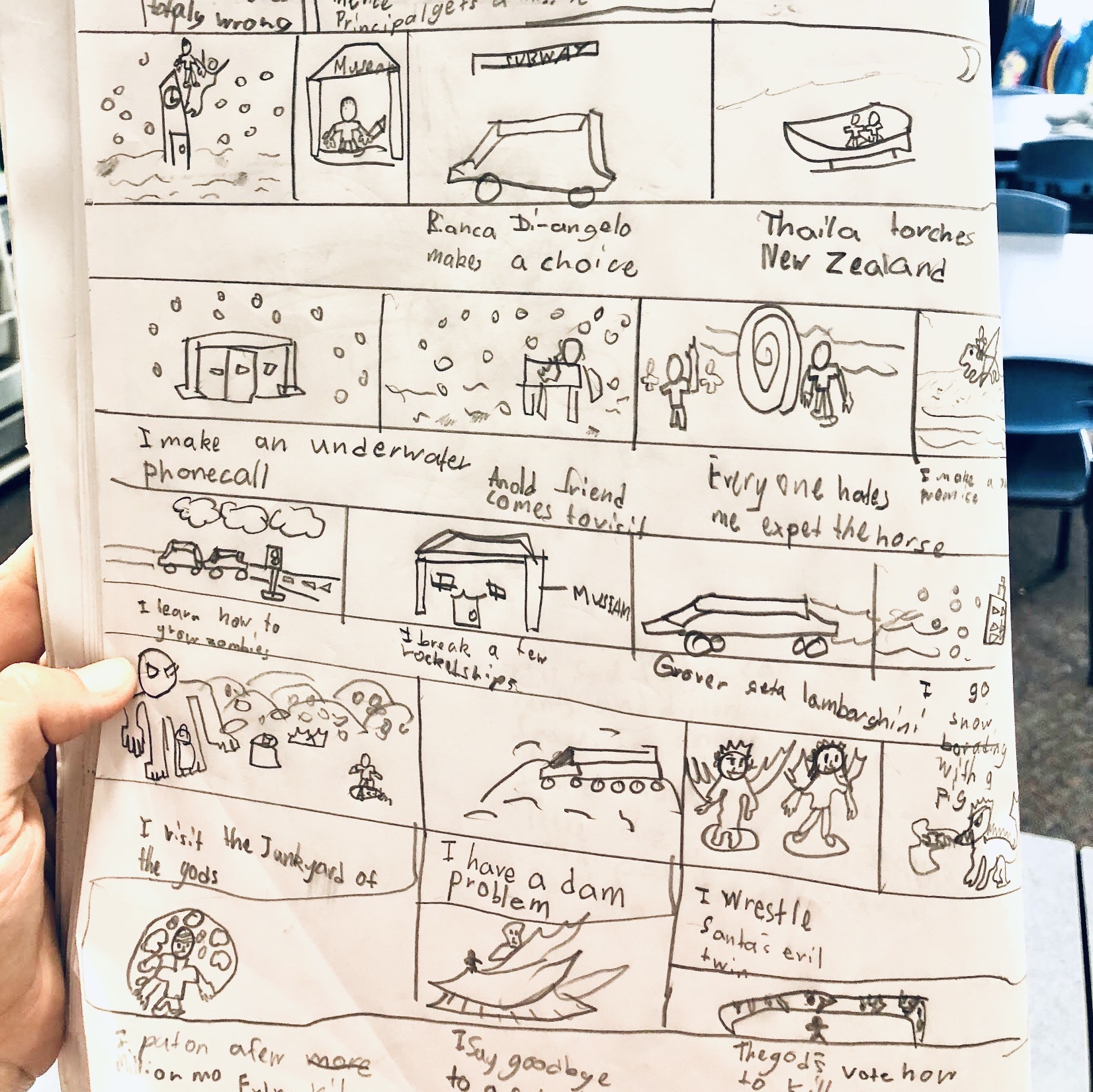Grab a free trial and go bananas!
- Download all lessons to PDF
- Download and edit all resources
- Share lessons with your colleagues
- Save favourite lessons for later

Lego Stories
Learning Intention: Summarise the main events of a story and respond using lego.

Lego Stories
Learning Intention: Summarise the main events of a story and respond using lego.
- Lego
- Picture book
Grade 5 - AC9E5LY04
Grade 3 - AC9E3LY05
Grade 1 - AC9E1LY05
- I can identify and discuss the main events and their significance in texts.
Modelled
Introduce students to today's learning intention and explain that they need to listen to a story or chapter and will discuss as a class what the main event was and how we might depict it.
Read a book or a chosen chapter to your students. Aaron Blabey’s, ‘Pig The Pug’ series is a great place to start as they are easy to understand and are funny.
Guided
At the end of the story, have a discussion as a class to ensure that all students are thinking about the main plotlines of the story.
Prompt thinking by asking: Can you tell me what happened in the story? What was the most important part of the story? Why do you think this? How do you know? Use these prompts every time you read a new book until you feel they no longer need support to recall the key parts of the story.
Students will use think-pair-share to discuss or problem solve the main event from the story. Think-pair-share involves students being given time to individually think about the question/problem being asked.
Students then form pairs and share their ideas with each other, working collaboratively to reach a shared understanding or decision that answers the question/problem.
Independent
Set students up in small groups providing them with a limited amount of Duplo or Lego (this allows for creativity to work at its best). Together students will build a significant event or main idea from the text being read. By working together as a pair or in a small group it will allow students to talk through their ideas and collaboratively build a response to the text. Encourage them to be as creative as possible.
Ensure students have time to do a ‘roaming exhibition’ where they can look at other groups’ creations. During this phase, provide time for students to explain their work, give feedback and praise their finished masterpieces.
Students can photograph their finished lego products and digitally annotate them, labelling the different elements of their representation and explaining their reasoning.
- Extension: this lesson can be adapted to focus on different comprehension skills or aspects of literacy. For example, students could build their favourite part of the story, the beginning/middle/end, a favourite character or a prediction.
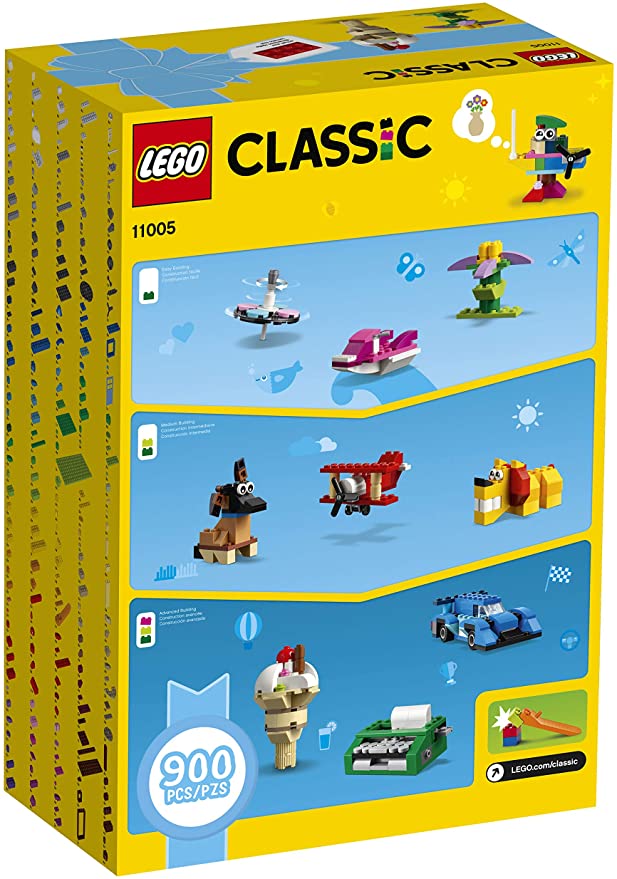
Getting kids to use their hands to remember concepts is shown to greatly improve memory of what they're learning.

Getting kids to use their hands to remember concepts is shown to greatly improve memory of what they're learning.
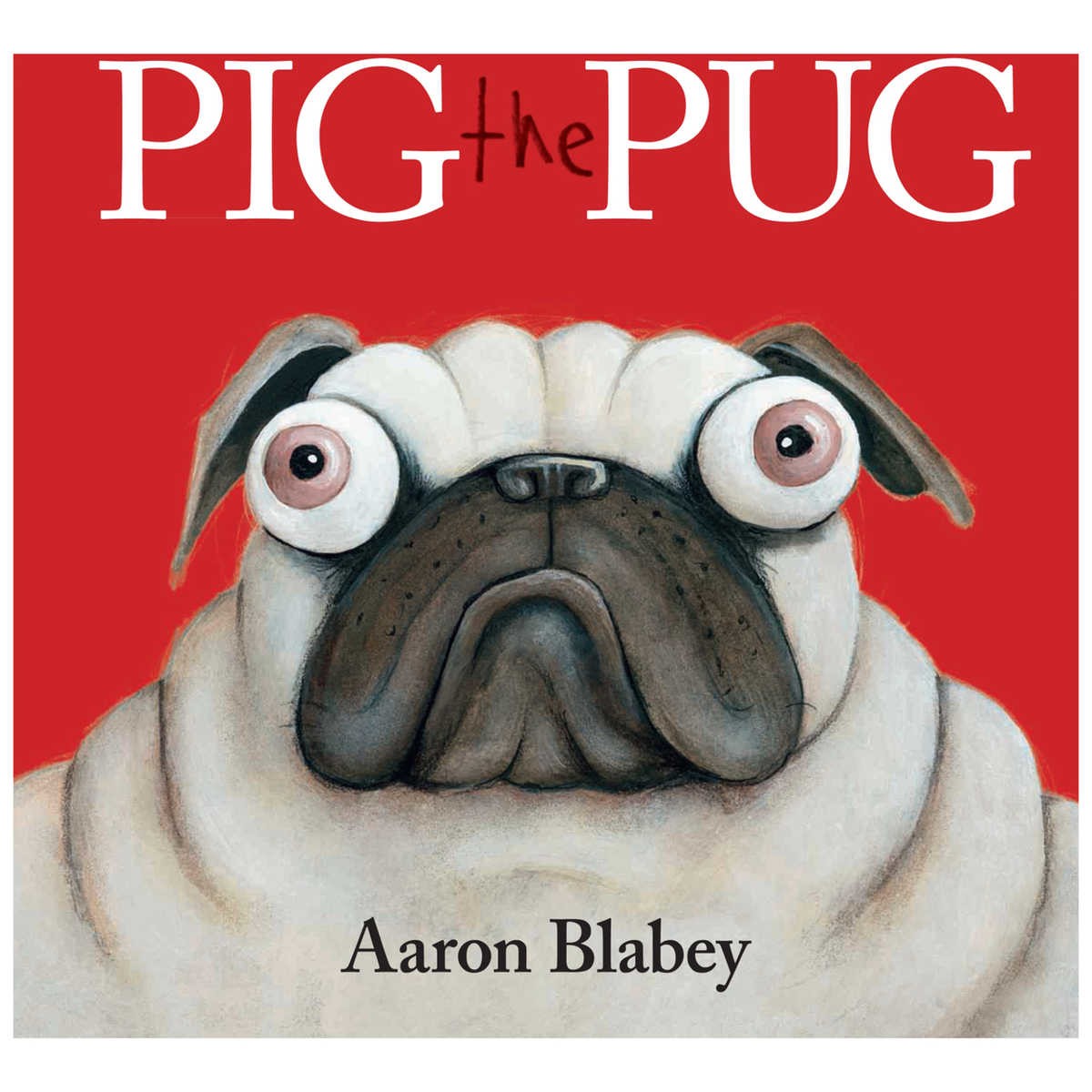
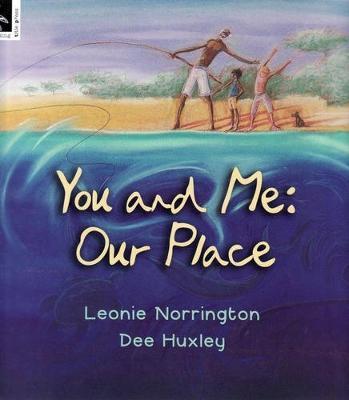
- Roaming exhibitions provide an interactive activity for student peer assessment. Students can use peer discussion and conferencing or use tools such as the traffic lights system, to give feedback on the task.
HOT TIP:
Roaming Exhibitions are a great opportunity for students to look at their peers' work. This can provide them with ideas, stimulate conversation around different interpretations of the story, and an interactive tool to provide and receive peer feedback.
Sign up for hundreds more lessons like this!
Access over 600 lessons, 50 units and oodles of premium editable resources to suit the literacy needs of K-6 students.Start a 7 day free trial today!

